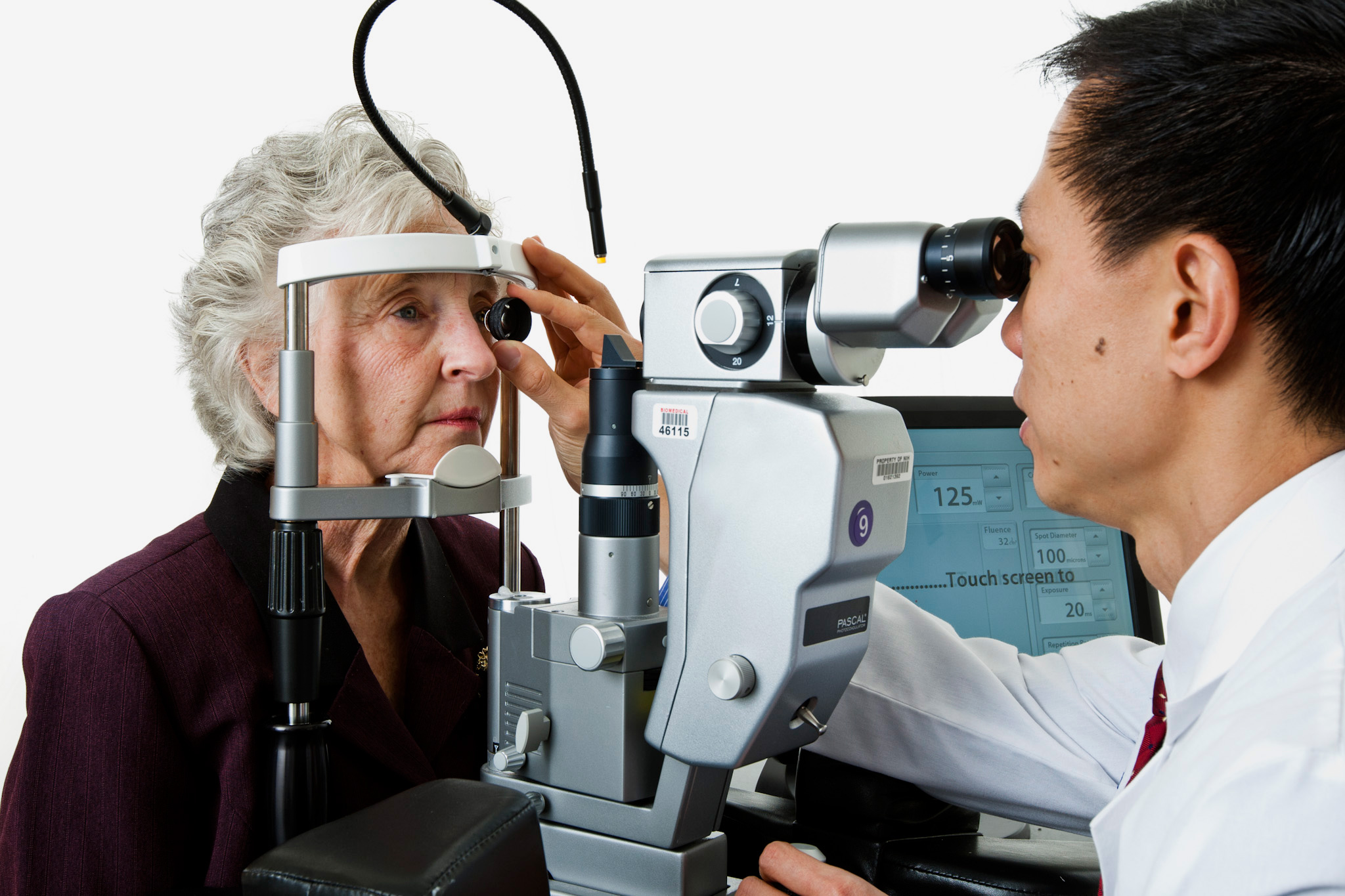

The integrated eye care model enables both optometrists and ophthalmologists to work together to enhance good care of patients.

Counseling and review of patients: Optometrists provide counseling to cataract patients undergoing pre- or postsurgical operation and also counsel patients about the appropriate usage of contact lens.Optometrists in binocular vision care: Optometrists personalize vision therapy for patients suffering from binocular abnormalities these are required by students and sportspersons involved in this field.They also educate the patient about the regular visual exercises to be practiced to improve their vision. Optometrists in low vision care: Optometrists routinely deal with patients with irreversible eyesight, and provide low vision care medication to enhance recovery.Provide primary eye care for outpatients: An optometrist basically tests the vision sharpness, prescribes corrective lenses, and is an expert in handling equipment that is used to examine the eyes of the patient.They provide outpatient care for a portion of the patients in eye hospitals. They perform functions identical to those done in the clinic in addition to many others. The duties of optometrists inside the hospital are vast. Contact lens professionals: Optometrists who are professionals in handling contact lenses for abnormal shape of cornea also prescribe special contact lenses like toric and varifocal lenses for patients.This kind of practice is followed among optometrists in the UK. Independent prescribing: Optometrists, after certification by an independent prescribing qualification, are authorized to prescribe all licensed drugs except parenterals (injectables).Only optometrists in Florida, New York, and Massachusetts can prescribe the oral form of these drugs. Prescribing drugs for diseases: For management of ocular disorders and treatment of glaucoma, optometrists are certified to prescribe the topical form of pharmaceutical drugs like antibiotics, antihistamines, non-steroidal anti-inflammatory, and some scheduled analgesics.For example, estimation of eye pressure in patients with glaucoma. If irregularities persist in the detection, the patient is subjected to further special tests. Observance of eye disease: Using the ophthalmoscope, optometrists detect diseases related to the eyes such as glaucoma, macular degeneration, and other diseases that are associated with eye functions such as diabetes and hypertension.In addition to visual testing, optometrists perform the following functions: if required, spectacles or contact lenses of the calculated refractive status of the eyes are prescribed, in order to attain proper vision.Ī Day in the Life - Optometrist Play Role of optometrists in clinical practice Following this, the eyes are checked for refractive errors and a visual acuity test is carried out to evaluate the eyesight. First, patients are subjected to general eye examinations in which the optometrist takes the patient’s medical history of his eye problems.

Role of optometrists in clinical practiceĬlinically, optometrists aim to provide solutions to patients with eye disorders. Optometrists work in hospitals, clinics, the ophthalmic industry, teaching institutions, and on research projects however, they majorly contribute their services in clinical practice, hospitals, and public health centers. They performed all the work that was performed by ophthalmologists, except surgery. Optometrists were formerly known as ophthalmic opticians. Optometrists are self-reliant superior healthcare specialists, who are licensed to detect, diagnose, and provide treatment for diseases and disorders related to the eyes and the visual system.


 0 kommentar(er)
0 kommentar(er)
